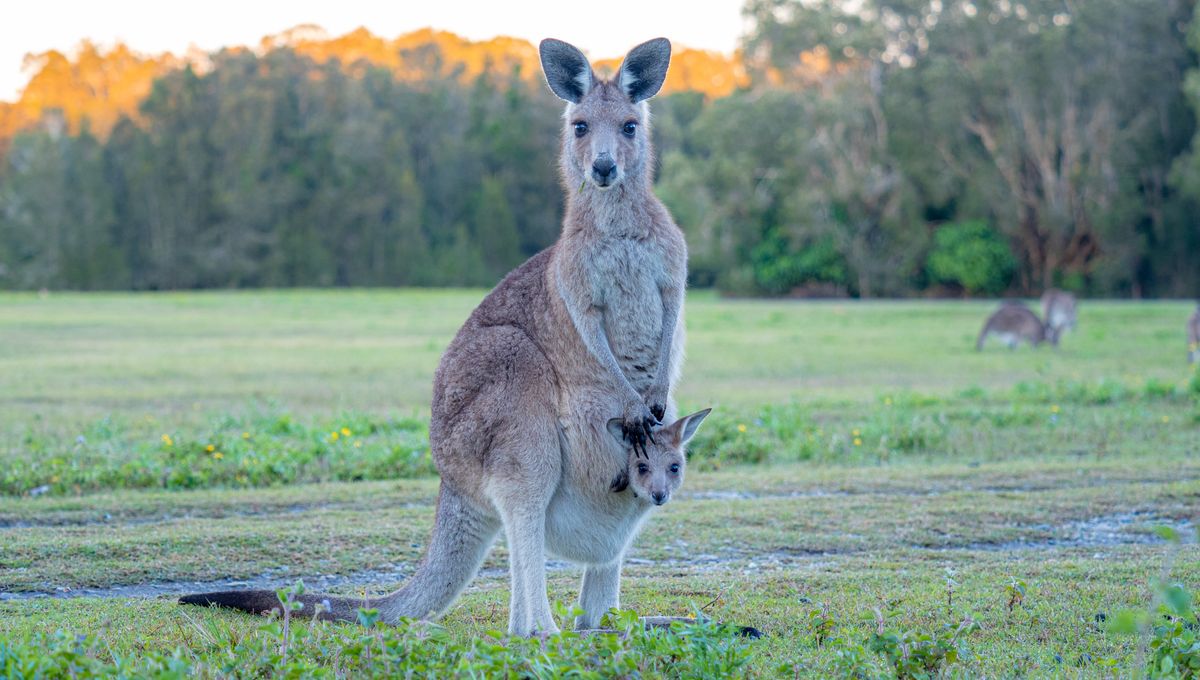
The very first inhabitants of the paleocontinent known as Sahul may have exported some of the region’s most iconic mammals to islands hundreds of kilometers away, new research suggests. Consisting of Australia, Tasmania, New Guinea and other nearby isles, Sahul is famous for its cast of marsupial characters, some of which appear to have been relocated to Indonesia 42,000 years ago.
Seeking to establish how and when humans first went Down Under, the study authors examined a rock shelter in the Tanimbar Islands, which sit among the group of isles known collectively as Wallacea. Forming a chain of stepping stones between the southeast Asian continental shelf – known as Sunda – and Sahul, Wallacea facilitated the colonization of Australia some 50,000 years ago, although exactly which route these early travelers took through the region remains the subject of much debate.
Known as Elivavan, the rock shelter threw up a number of surprises, with evidence for human occupation in a layer of sediment dated to 42,000 years ago. While the peopling of other islands in Wallacea is known to have occurred during this period, the remote location of the Tanimbar Islands had previously led to uncertainty over whether or not humans had the capacity to reach this Indonesian province during the Pleistocene.
According to the study authors, ancient voyagers could have spread through much of Wallacea using “simple maritime technology”, since many of the region’s islands are separated narrow seas of less than 50 kilometers (31 miles) across. Tanimbar, however, is more than 100 kilometers (62 miles) from the nearest neighboring island, and could therefore only be reached with “advanced maritime technology”.
Even more surprising than the presence of humans at Elivavan, however, was the discovery of marsupial – or macropod – bones. According to the researchers, there is no known record of these animals in the Tanimbar Islands, leading them to suspect that they may have been brought over from Sahul in the distant past before being hunted to extinction before the arrival of the first Europeans in the seventeenth century.
“The presence of these macropods raises questions about how they arrived on the island – either through natural or anthropogenic means – and what caused their later disappearance,” write the researchers. Given that the Tanimbar Islands are about 250 kilometers (155 miles) from the ancient coastline of Sahul, the implication is that the same advanced sailing vessels that brought humans to the area may also have enabled the exportation of mammals from Oceania to Wallacea.
“Currently, the oldest known evidence of animal translocation by humans is the cuscus (Phalanger orientalis) recovered from Matenbek, New Ireland, which was translocated from Sahul and dated to [24,000 years ago]”, explain the study authors. And while there’s not enough evidence to make any solid conclusion about how marsupials ended up in Tanimbar 42,000 years ago, they do go on to say, “If the macropods recovered from Elivavan were introduced through anthropogenic means, this would represent the earliest evidence of animal translocation by humans.”
The study is published in the journal Quaternary Science Reviews.
Source Link: People May Have Exported Marsupials From Australia 42,000 Years Ago